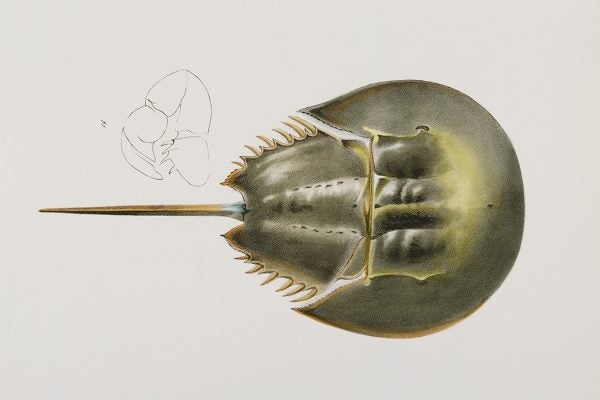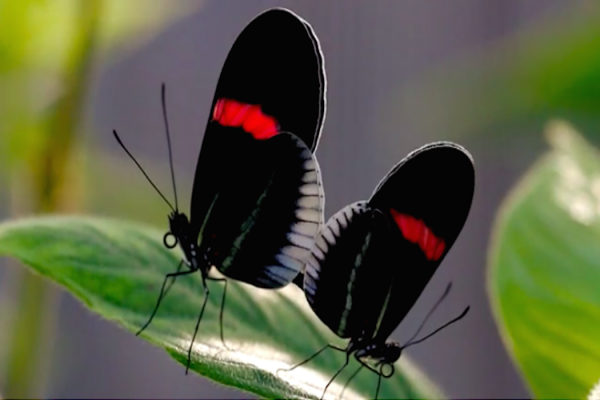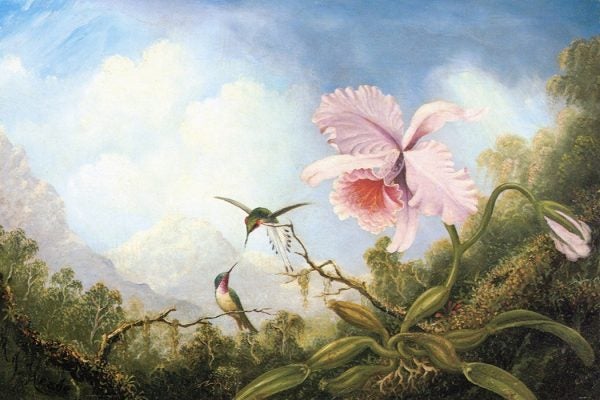Charles Darwin and His Correspondents: A Lifetime of Letters
An epistolary network was critical for Darwin’s work, allowing him to obtain new information while sparking fresh ideas in his correspondents’ minds.
A Brief Guide to Birdwatching in the Age of Dinosaurs
Archaeopteryx and Hesperornis should be on the lists of any dino bird watcher.
The Horseshoe Crab: Same as It Ever Was?
The seemingly static appearance of these ancient-looking arthropods presents a challenge for scientists who want to study their evolutionary history.
The Cartoonishly Giant Antlers of the Irish Elk
The mystery of the Irisk Elk's giant antlers attracted the attention of famous evolutionary biologist Steven Jay Gould.
Richard Prum: How Does Beauty Evolve?
Prum speaks on Darwin’s idea of sexual selection, the importance of arbitrary traits, and why he could never choose a favorite species of bird.
Love, Sex, and Cyanide—The Private Life of a Toxic Butterfly
Heliconian butterflies choose mates with similar wing patterns. Their genes make them do it.
Venezuela’s Mysterious Tepuis
Many species on the tepui summits are found nowhere else. How did those species get there?
Are There “Transgender” Proclivities in Animals?
We tend to think of gender expression as uniquely human. But many species gain advantages by projecting an opposite-sex appearance.
Slow, Steady, and Very, Very, Very Old
Why do Greenland Sharks and Pacific Rockfish live for hundreds and hundreds of years?









